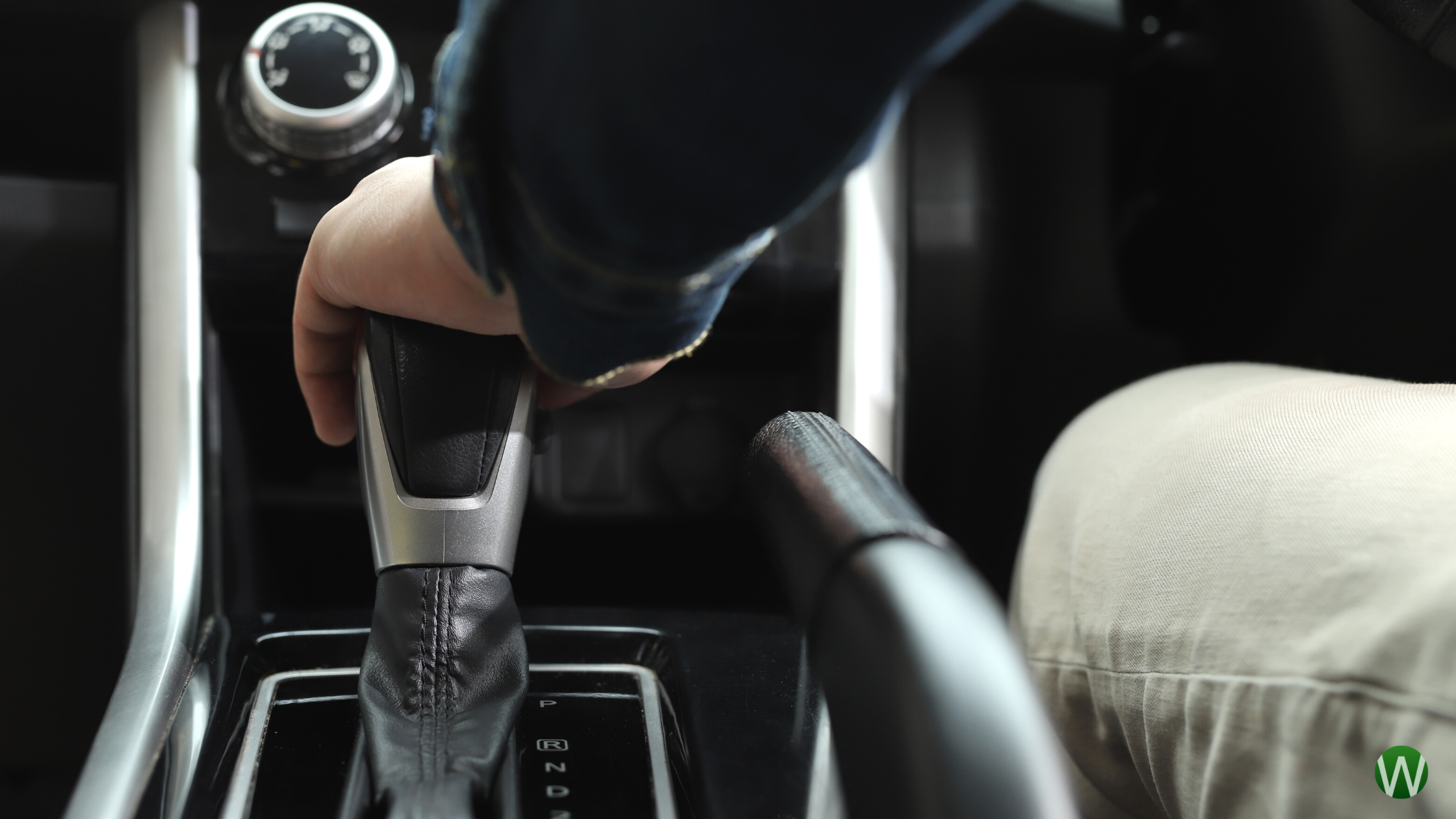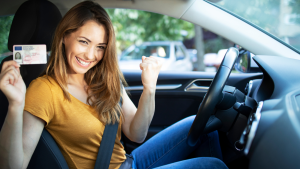Ready to take on the challenge of driving in London’s unpredictable weather? It’s no secret that driving in adverse weather conditions can be tricky, even for the most experienced drivers. But don’t worry, we’ve got your back!
In this comprehensive guide, we’ll explore how to safely navigate London’s roads in various weather conditions, from heavy rain and thick fog to icy conditions and even the occasional snow. Our aim is to equip you with the knowledge and confidence to tackle any weather situation that comes your way. So, let’s dive right in!
Understanding the Challenges
London’s weather can be quite unpredictable. One moment the sun is shining, and the next, you’re caught in a downpour. This unpredictability can make driving a bit challenging, but it’s nothing you can’t handle with the right preparation and understanding.
Different weather conditions present different challenges. Heavy rain can reduce visibility and make the roads slippery, while fog can make it difficult to see other vehicles and road signs. Snow and ice can make the roads slippery and unpredictable, and strong winds can affect your control over the vehicle. Understanding these challenges is the first step towards mastering the art of driving in adverse weather.
Driving in Rain
Rain is a common occurrence in London, and driving in the rain requires extra caution. The key is to slow down and keep a safe distance from the vehicle in front as stopping distances can double in the wet due to reduced tyre grip.
Make sure your wipers are in good condition and use them to keep your windscreen clear. In heavy rain, use dipped headlights so others can see you. Be mindful of large vehicles creating spray which can reduce visibility.
Watch out for standing water which can cause your vehicle to aquaplane. This happens when a layer of water builds up between your tyres and the road surface, leading to a loss of traction. If this happens, hold the steering wheel lightly, ease off the accelerator but do not brake suddenly.
Driving in Fog
Fog can greatly reduce visibility, making driving more challenging. If you must drive in fog, slow down and use your fog lights. Remember, the law requires you to use your headlights when visibility is seriously reduced, generally when you can’t see for more than 100 metres.
Keep a safe distance from the car in front, and be prepared for other vehicles appearing out of nowhere. Avoid overtaking and keep an eye out for pedestrians and cyclists who might not be visible until the last moment.
Driving in Snow and Ice
Snow and ice are less common in London, but when they do occur, they can make driving conditions treacherous. If you must drive, ensure your vehicle is well-prepared with antifreeze in the radiator, a fully charged battery, and tyres with plenty of tread.
Drive slowly, keeping a safe distance from vehicles in front as stopping distances can increase tenfold in ice and snow. Use low revs and change up to a higher gear quickly to avoid wheel spin. Be extra cautious on hills and avoid sudden actions as they could cause loss of control.
Conclusion
Driving in adverse weather conditions in London can be challenging, but with the right knowledge and approach, it’s perfectly manageable. The golden rule is always to adjust your driving according to the conditions: slow down, keep a safe distance, and stay alert.
Remember, no matter how much you need to get somewhere, it’s never worth risking your safety or the safety of others. If the weather is too severe, consider delaying your journey or using public transport instead.
We hope this guide has been helpful in preparing you for driving in London’s varied weather conditions. With caution, understanding, and practice, you’ll soon be navigating London’s roads like a pro, come rain or shine! Stay safe and happy driving!
This article is intended to provide a comprehensive guide for learner drivers in London to drive safely in adverse weather conditions. However, always refer to the latest guidelines and regulations from the DVLA and the UK government while driving.






